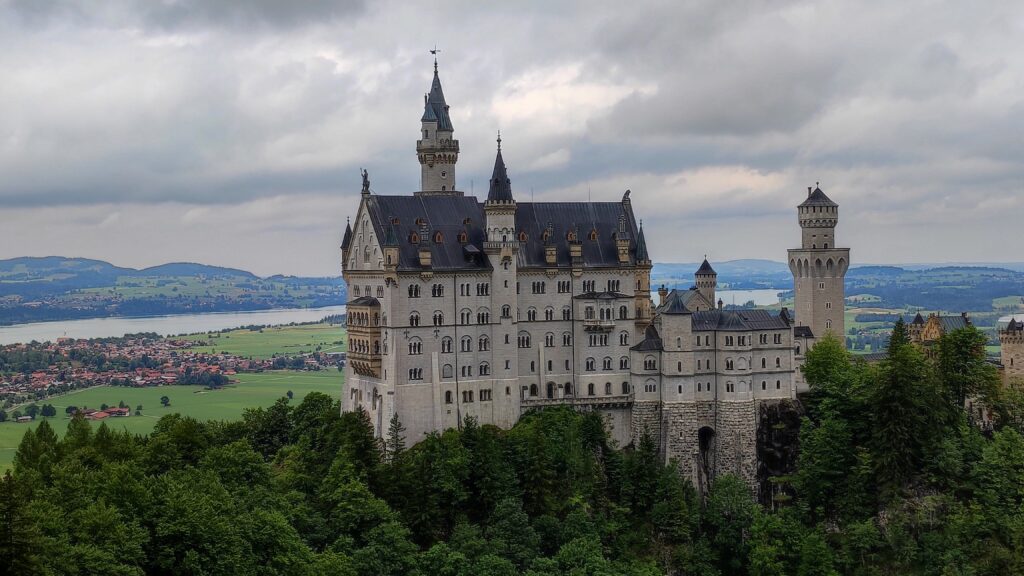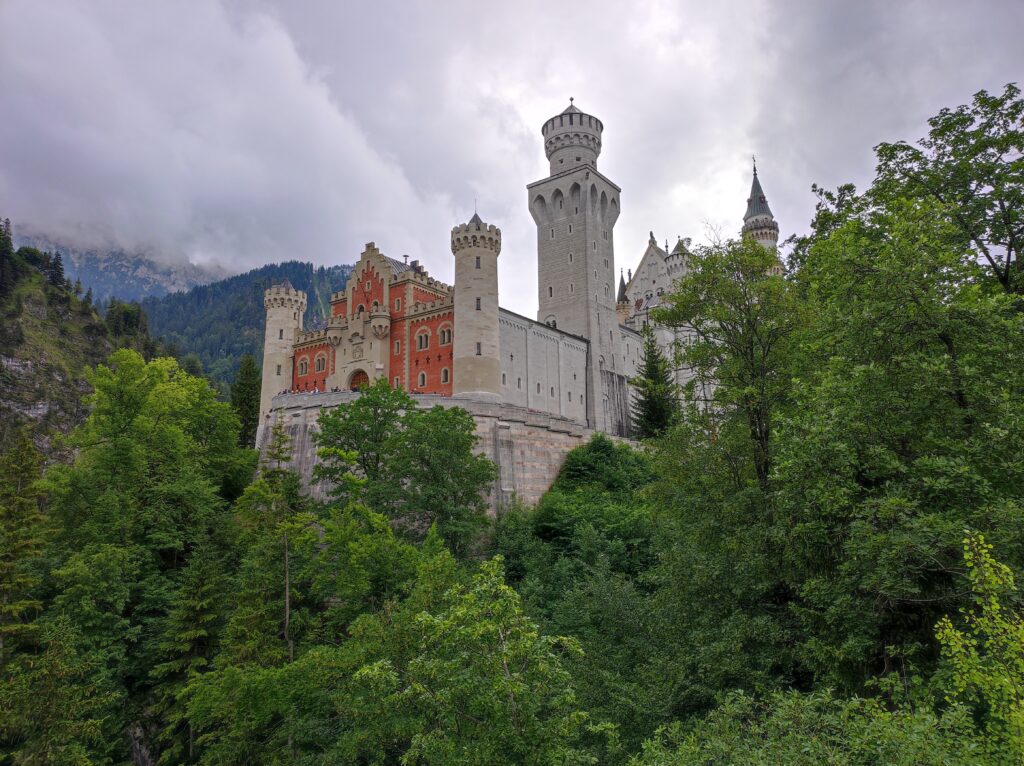This German Fairy Tale Castle Inspired Walt Disney to Create the Sleeping Beauty Castle at Disneyland
3 min read
There is something timelessly captivating about castles that can spark the imagination and whisk you into a fantastical world of gallant knights and legendary tales. This enchantment was at the core of Walt Disney’s vision when he created the iconic Sleeping Beauty Castle at Disneyland, and it was a German castle, Neuschwanstein, that served as the muse. The mesmerizing architecture and the stories intertwined with Neuschwanstein Castle are foundational elements that shaped the representation of fairy tales in popular culture through Disney’s creations.
Neuschwanstein Castle: A Tale from the Alps
Nestled high in the Bavarian Alps of Germany, Neuschwanstein Castle is a magnificent architectural marvel and an emblem of 19th-century Romanticism. Commissioned by Ludwig II of Bavaria in homage to Richard Wagner, the renowned composer, the castle was constructed between 1869 and 1886. Ludwig II, often referred to as the “Fairy Tale King,” had a penchant for grand and fantastical architectural projects, and Neuschwanstein is arguably his most notable legacy.

Neuschwanstein, meaning “New Swan Stone,” is a splendid spectacle, adorned with towers and frescoes depicting scenes from Wagner’s operas. Although it was intended as a personal refuge for Ludwig, the castle opened to the public shortly after his death in 1886. With its picturesque surroundings and majestic interiors, the castle attracts millions of visitors every year, eager to step into a real-life fairy tale setting.
The Sleeping Beauty Castle: Walt Disney’s Dream
When envisioning the central piece for Disneyland, Walt Disney sought to create a symbol that would encapsulate the magic and wonder inherent to his theme park. The Sleeping Beauty Castle, debuted in 1955 at Disneyland in Anaheim, California, accomplishes just that. The castle stands as a beacon of imagination, drawing visitors into a world where fairy tales come to life.
The design of the Sleeping Beauty Castle is heavily inspired by Neuschwanstein Castle’s whimsical and intricate style. Disney and his team of Imagineers meticulously crafted the castle to mirror the romantic and fantastical aesthetic of its German counterpart. With its graceful turrets, ornate façades, and enchanting landscapes, the Sleeping Beauty Castle encapsulates the essence of the fairy tale world Disney aimed to recreate.
Interweaving of Histories
The influence of Neuschwanstein goes beyond mere architectural parallels. The castle symbolizes the blending of dreams and realities, ideals that Disney sought to convey through his theme parks and films. Ludwig II’s architectural vision reflects a pursuit of artistic idealism and a desire to escape into a world of beauty and fantasy, principles that resonate deeply with Walt Disney’s creative philosophy.

The intertwining tales of Neuschwanstein and the Sleeping Beauty Castle also emphasize the enduring allure of fairy tales and their ability to inspire across cultures and generations. The creation of an immersive, fantastical experience at Disneyland illustrates the universal appeal of stepping into an enchanting world, away from reality.
A Modern Day Fairy Tale
Neuschwanstein Castle and the Sleeping Beauty Castle at Disneyland represent the manifestation of dreams and the eternal human desire to transcend the mundane. Walt Disney’s inspiration drawn from the ethereal beauty of Neuschwanstein Castle has enabled millions to experience the magic and wonder of fairy tales, epitomizing the transformative power of imagination. The stories and ideals embodied by these architectural marvels continue to captivate and inspire, serving as enduring reminders of the enchantment that exists at the intersection of reality and fantasy.


